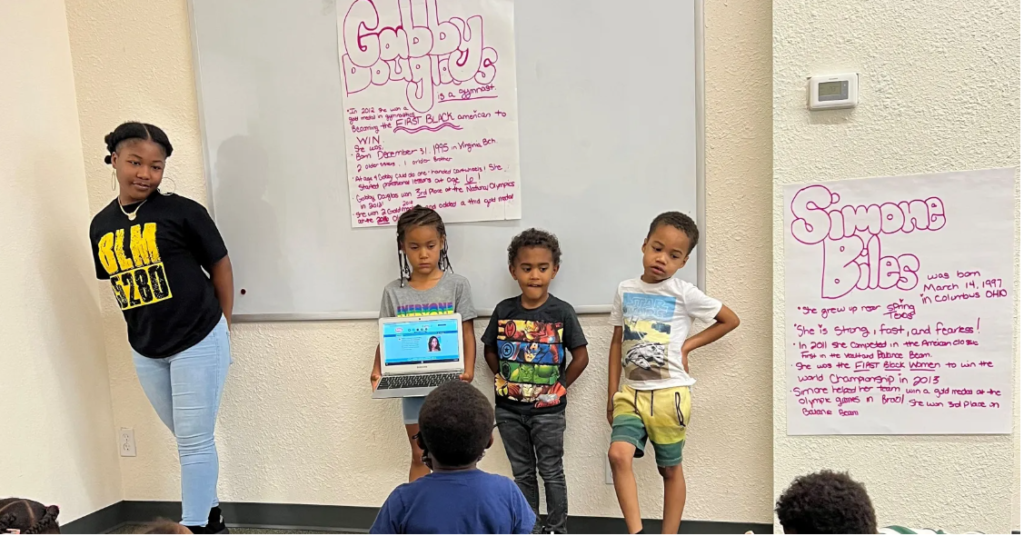(Editor’s note: CPEDNews.org welcomes commentary on relevant education topics. Please let us know if you’d like to contribute to the community discussion.)
Choice is a good thing, right? Yet School Choice in Central Park seems to be one of the most stressful aspects of raising kids in this part of Denver.
A quick history: School Choice started in Denver in 2012. At the time, Central Park was offered the choice of having boundary elementary and middle schools. This would have meant, more or less, that residents of Central Park went to the closest school to their address by default. Instead, Central Park United Neighbors opted for an enrollment zone, which is what we still have today for elementary and middle schools. This means anyone can go to any school in Central Park. This made sense at the time because the neighborhood was still building homes and schools, so it created a more equitable solution.
Today, there are elementary schools near every neighborhood and economic diversity is starting to grow across the community as numerous affordable houses and apartments are being built. Boundary schools would increase the economic diversity at most Central Park schools by guaranteeing spots at the one closest for families in the new affordable housing and apartments. It is now a decade since the neighborhood made the choice of enrollment versus neighborhood boundary schools. We are moving from the build-out phase to stabilization and we need to think about our needs for the next decade.
It is time to reconsider the benefits of stronger neighborhoods through boundary schools.
Your neighbors’ kids would most likely be at the same school as your kids. Right now, on any given street, there are families going to five different schools. Our traffic and pollution would be reduced, with walking families outnumbering those driving. And our stress as parents would be reduced with a guaranteed spot at your boundary elementary and middle schools. Don’t get me wrong, our family has had great experiences at schools all over the district, and choice was a factor in that. But we also experienced stress at each grade where choice happened, a weighty process that was mostly out of our control. For the majority of kids, their stress would be greatly reduced as their 5th grade classmates would mostly be headed to the same middle school. Choice would be an option, not a requirement.
Even if we enacted boundary neighborhood schools, you would still have access to School Choice, and every Central Park school could still have spots for kids to enter via Choice.
If your neighborhood school did not fit your kids’ needs for specific programs, they could enter School Choice to change schools. Each school would serve its neighborhood’s general education needs, but could also specialize in offering something unique, such as Isabella Bird’s full-time gifted and talented program. The stress would be taken out for so many of us, knowing that the norm is our kids go to the school they can walk to or ride a bike. And here’s the best part: your elementary school would feed into a boundary middle school. Sure, some kids would go to other schools through choice to meet their needs, but the norm would be to stay together, continuing to be with the friends your kids made in elementary school.
The ideas in this opinion piece are far from perfect. They are simply offered up to start the conversation about what is right for our community today and for the next ten years.




